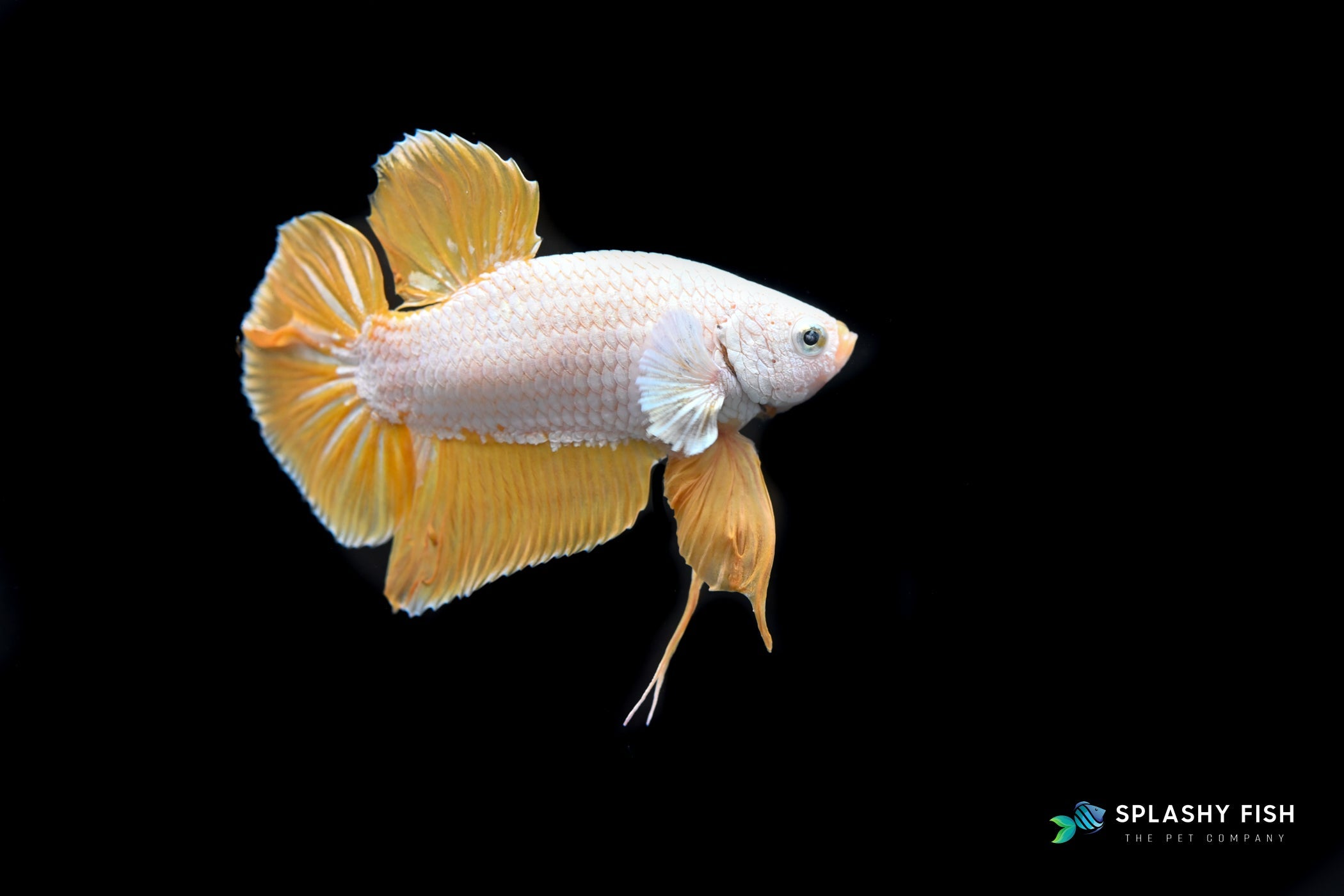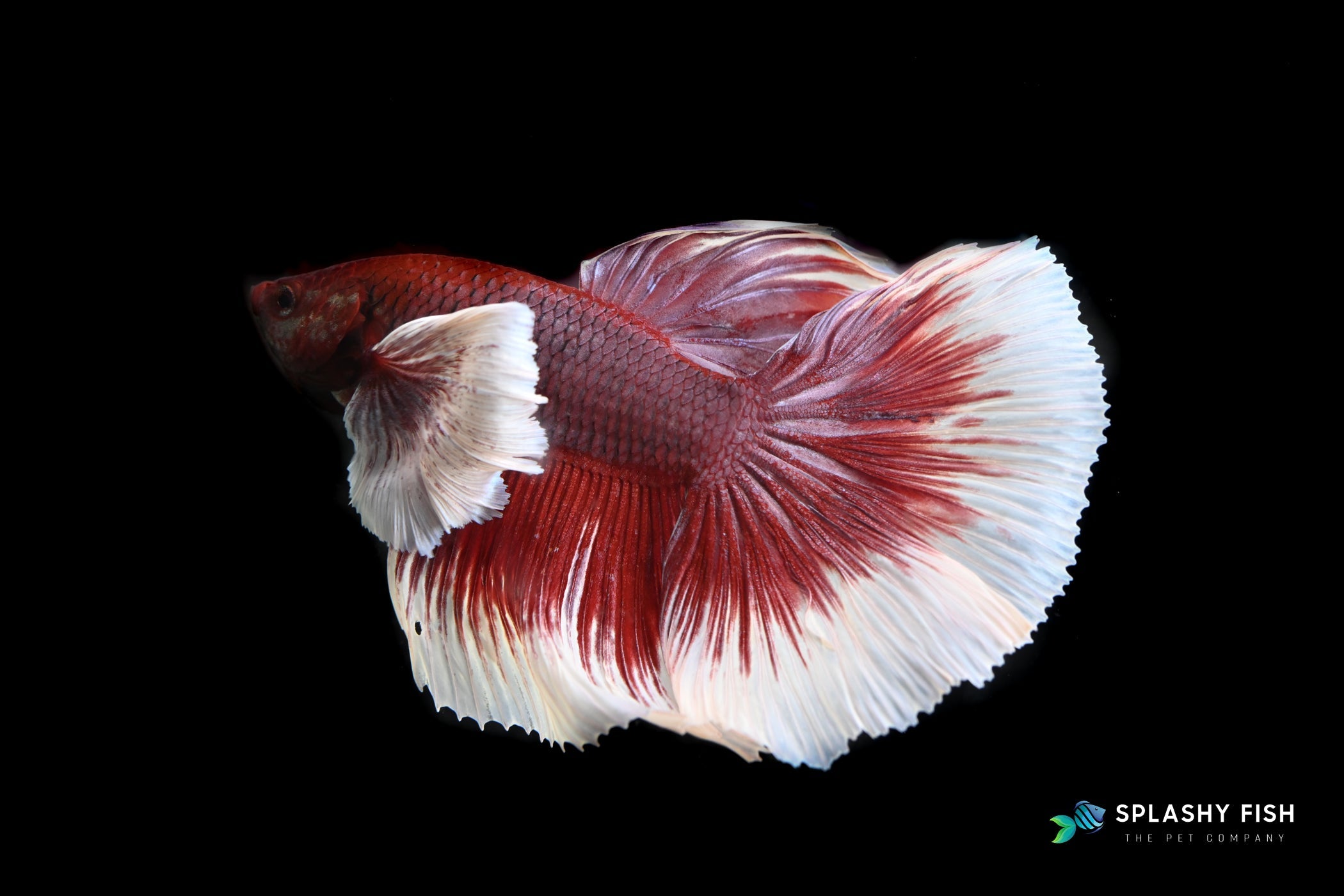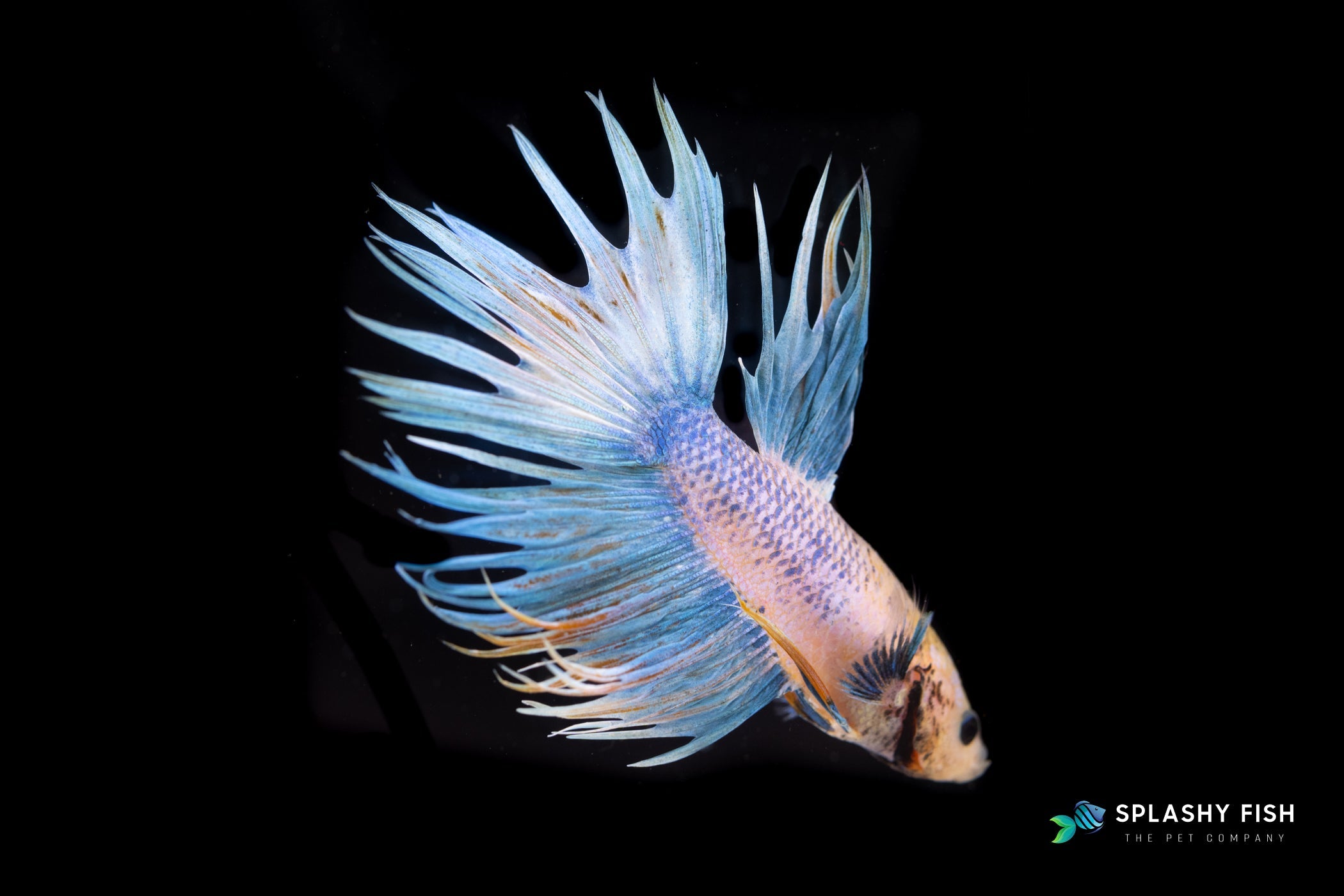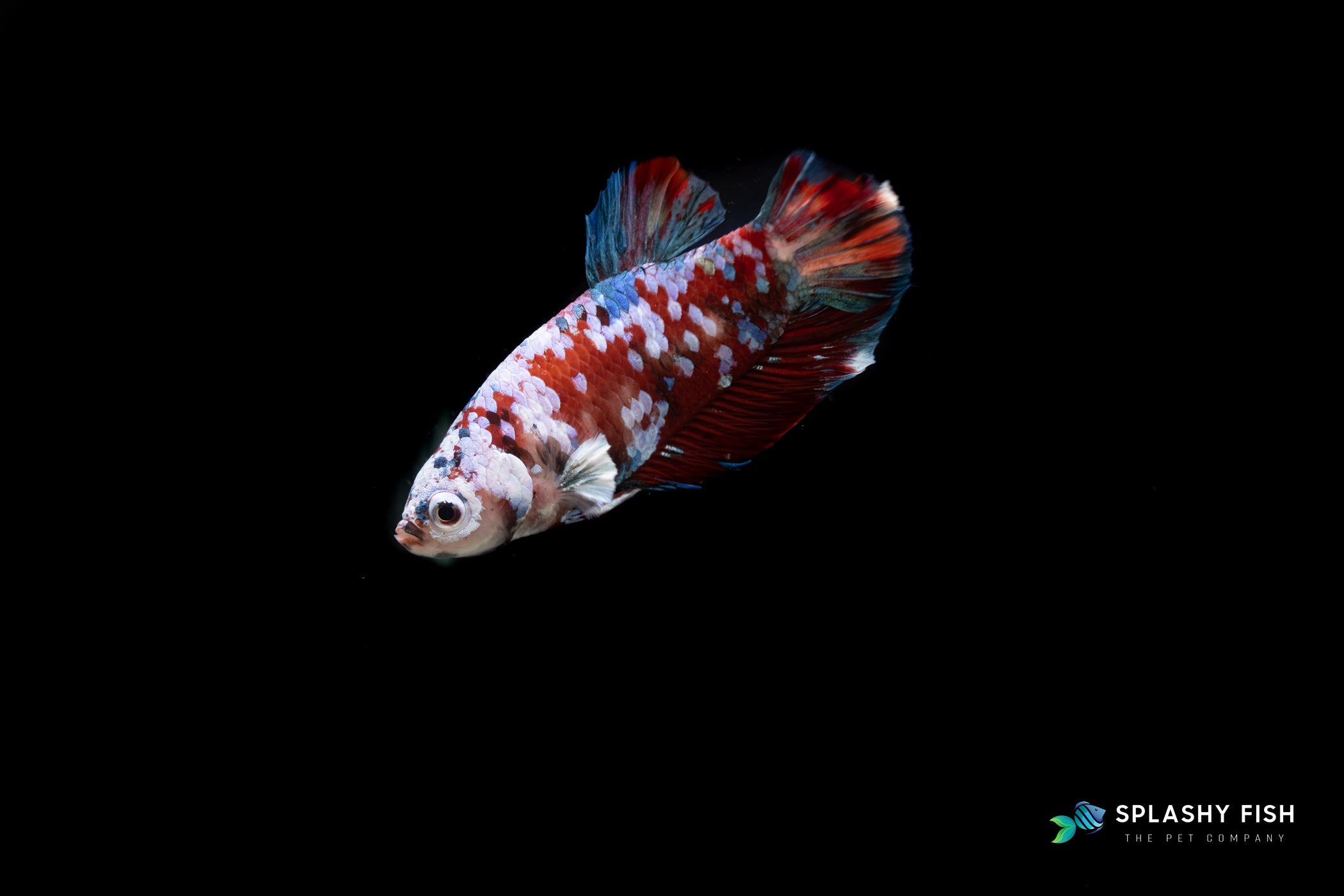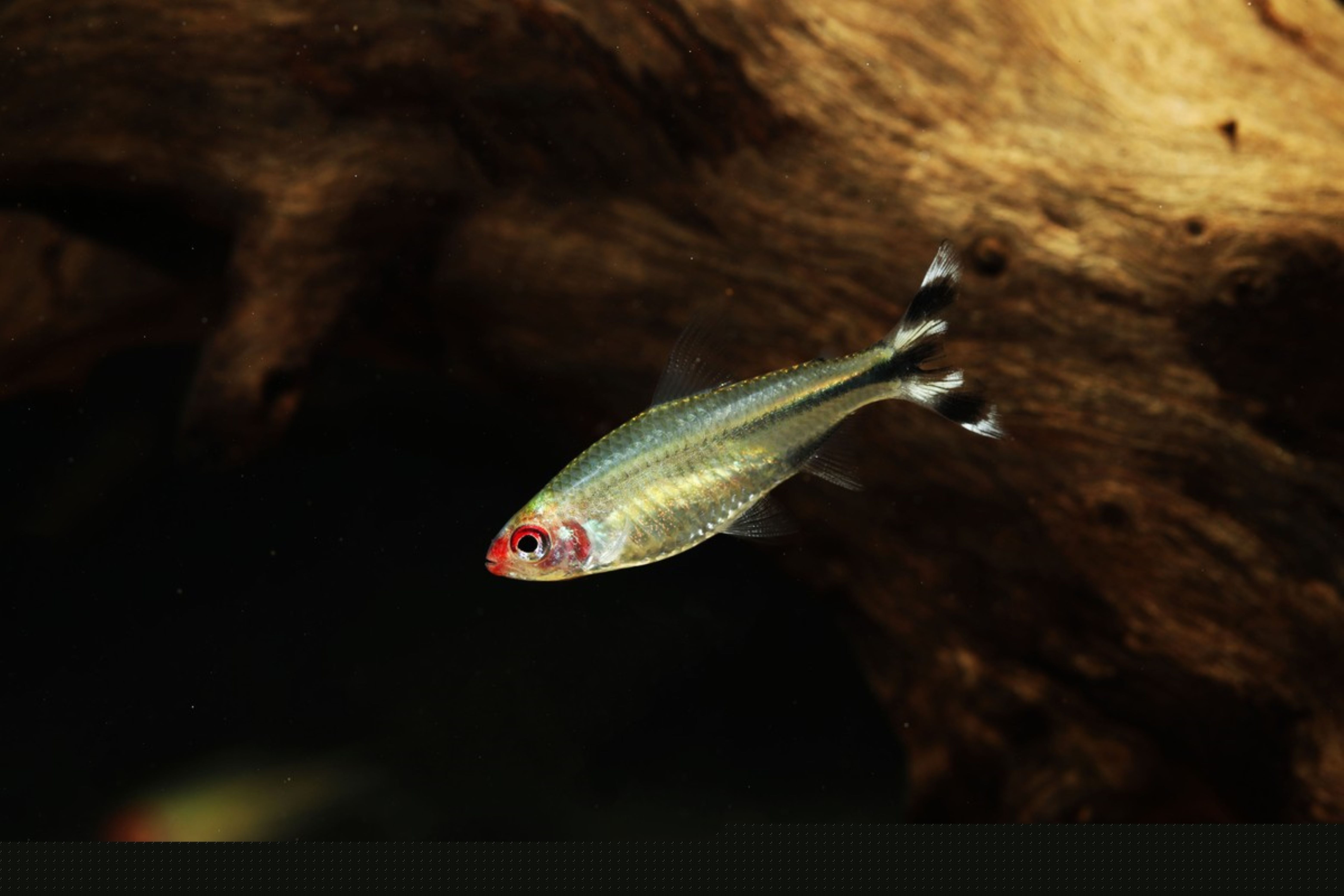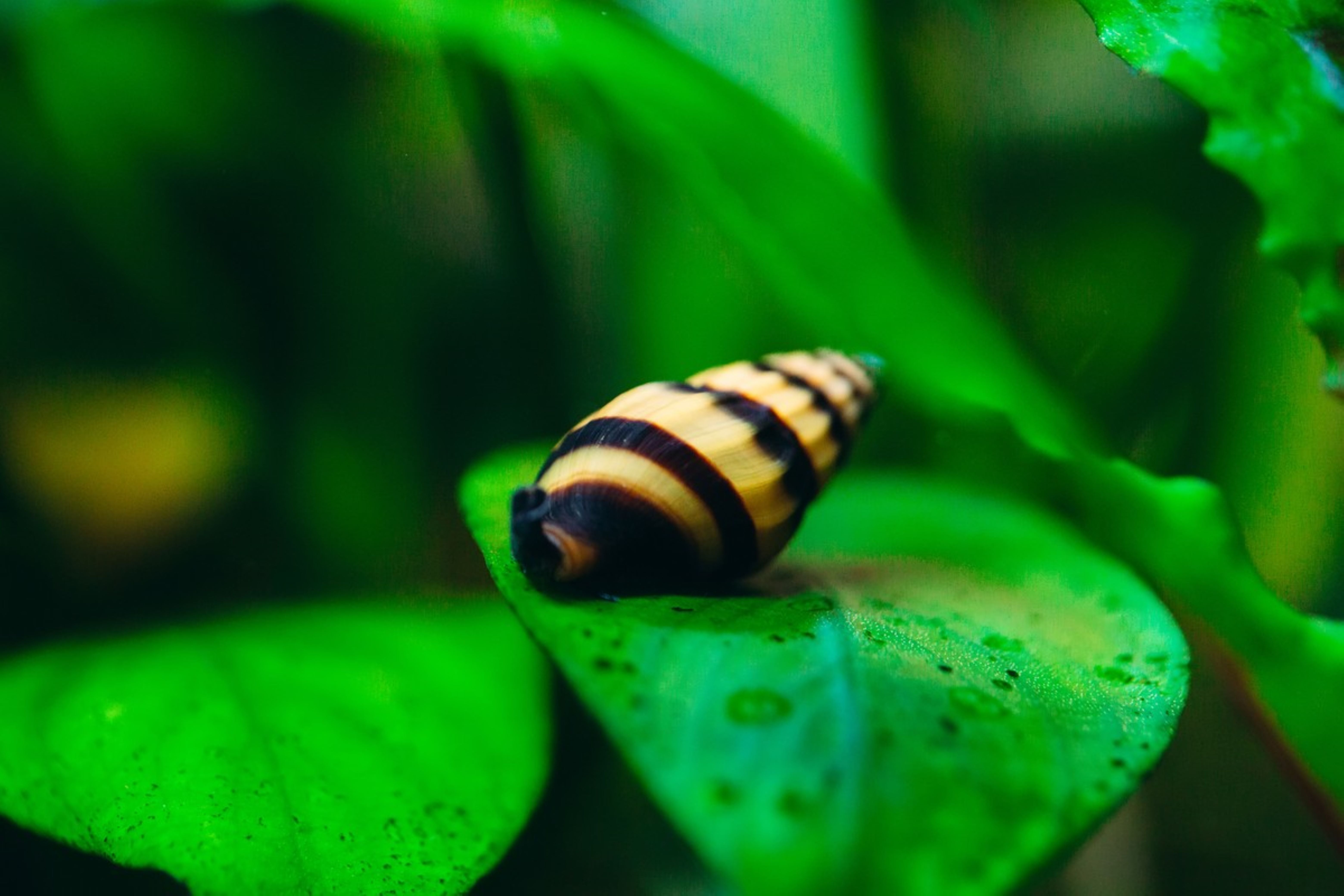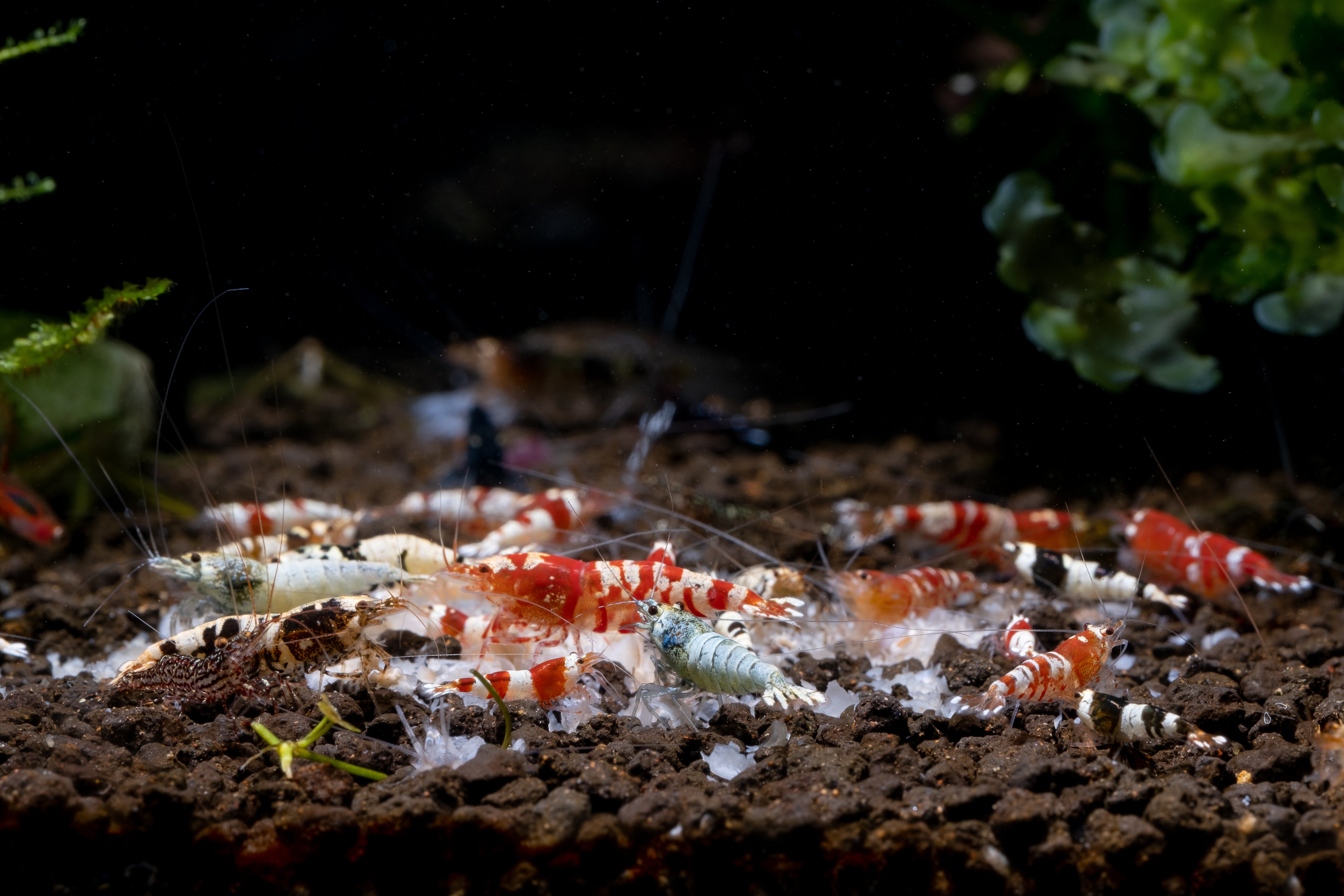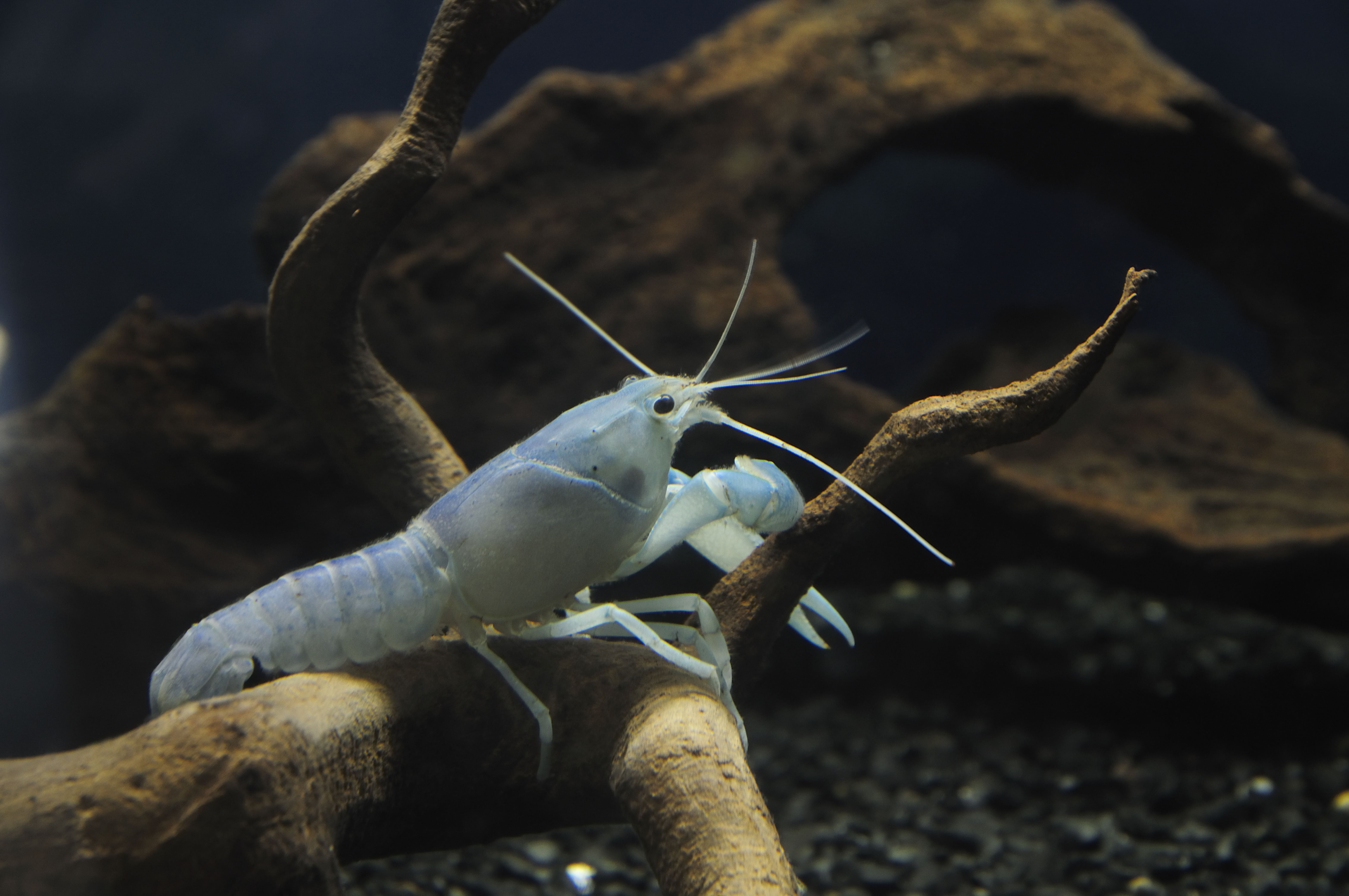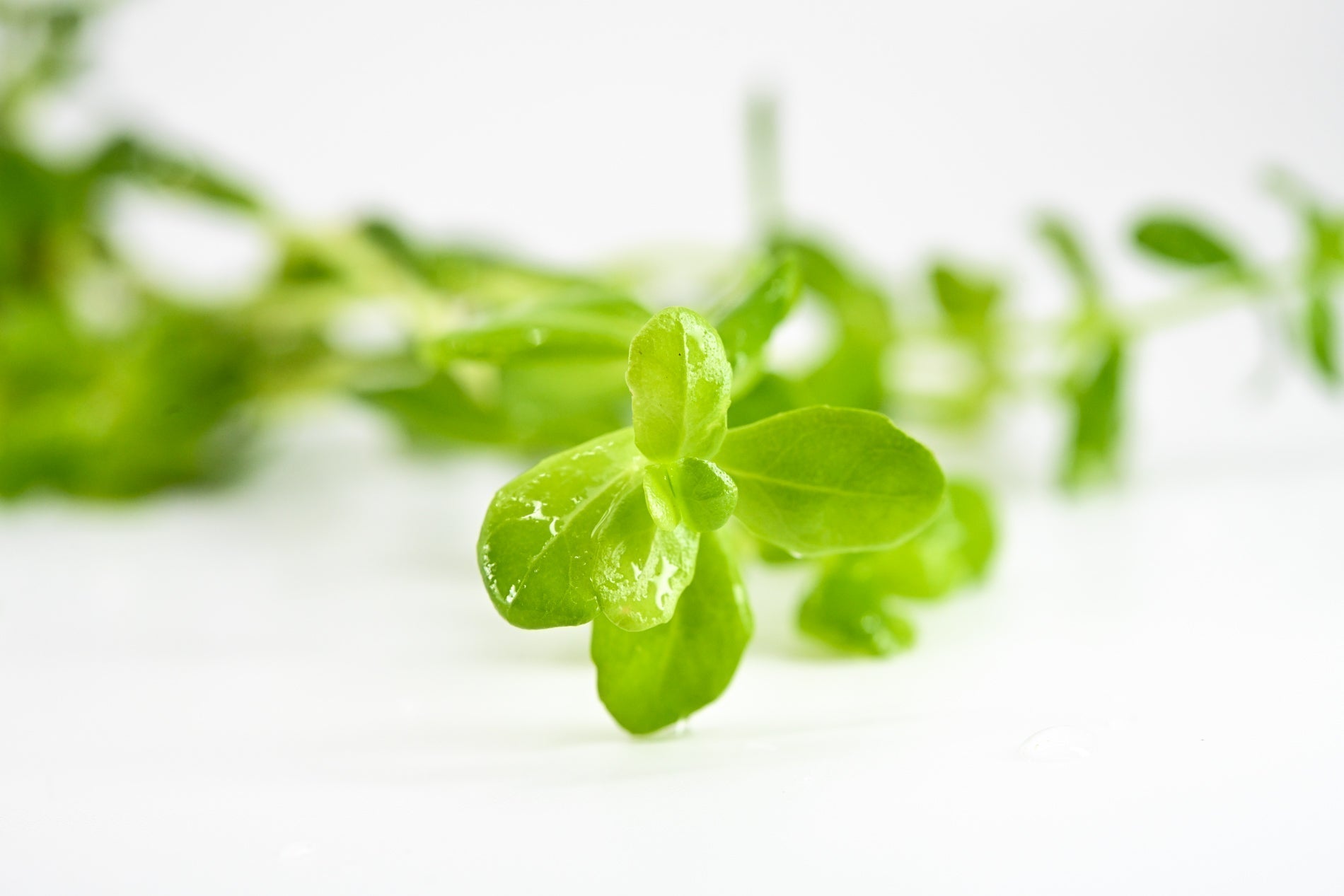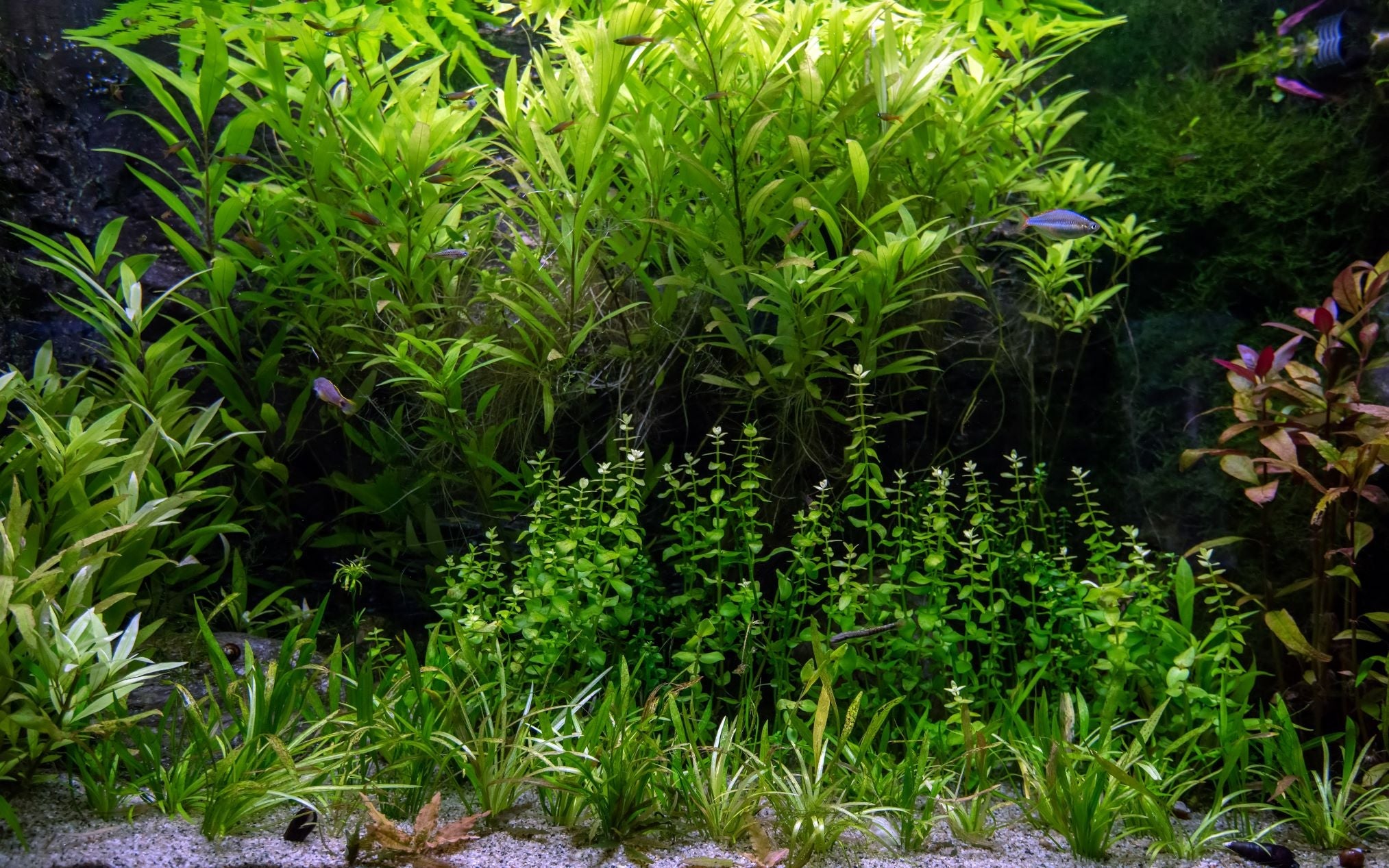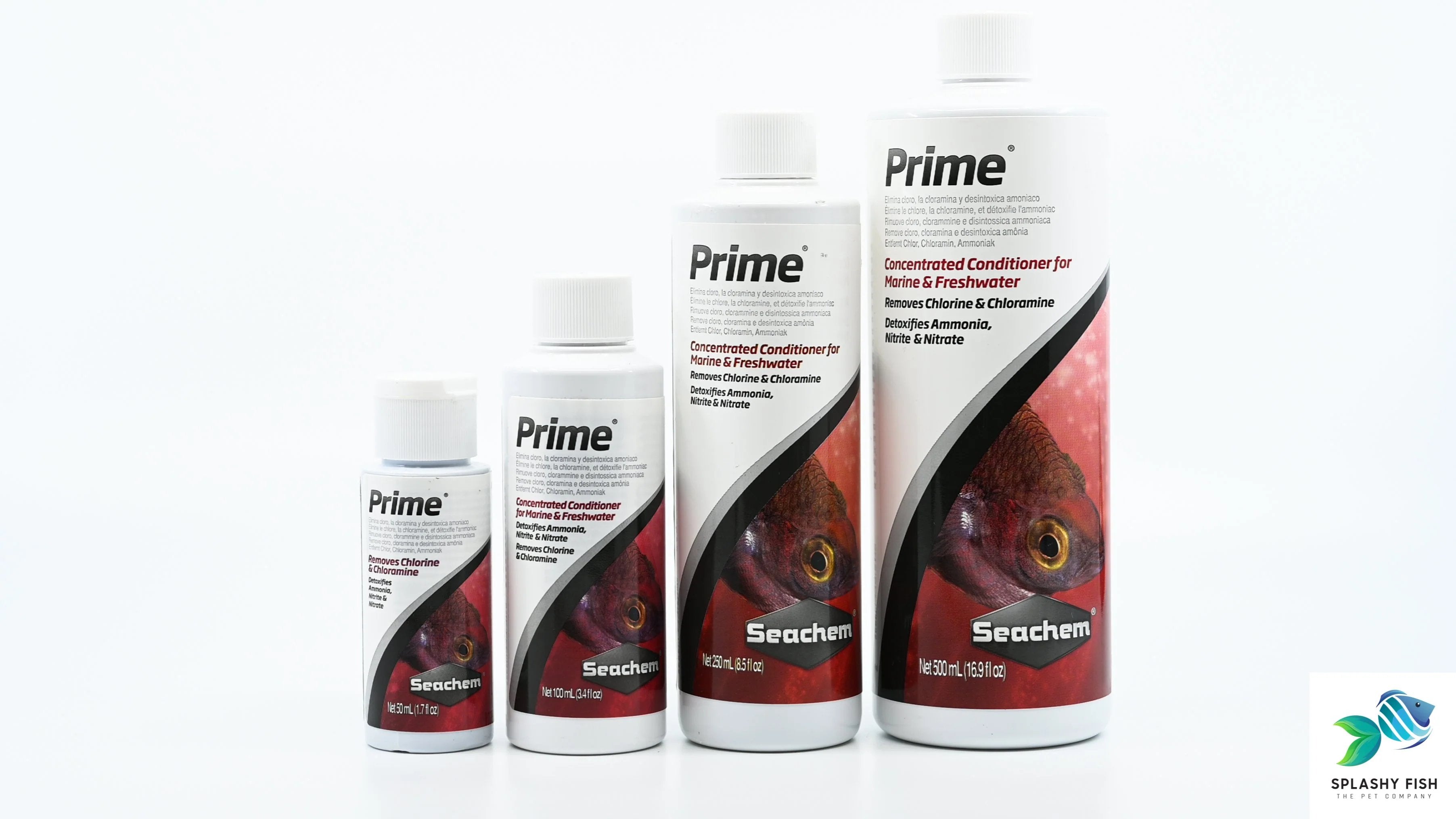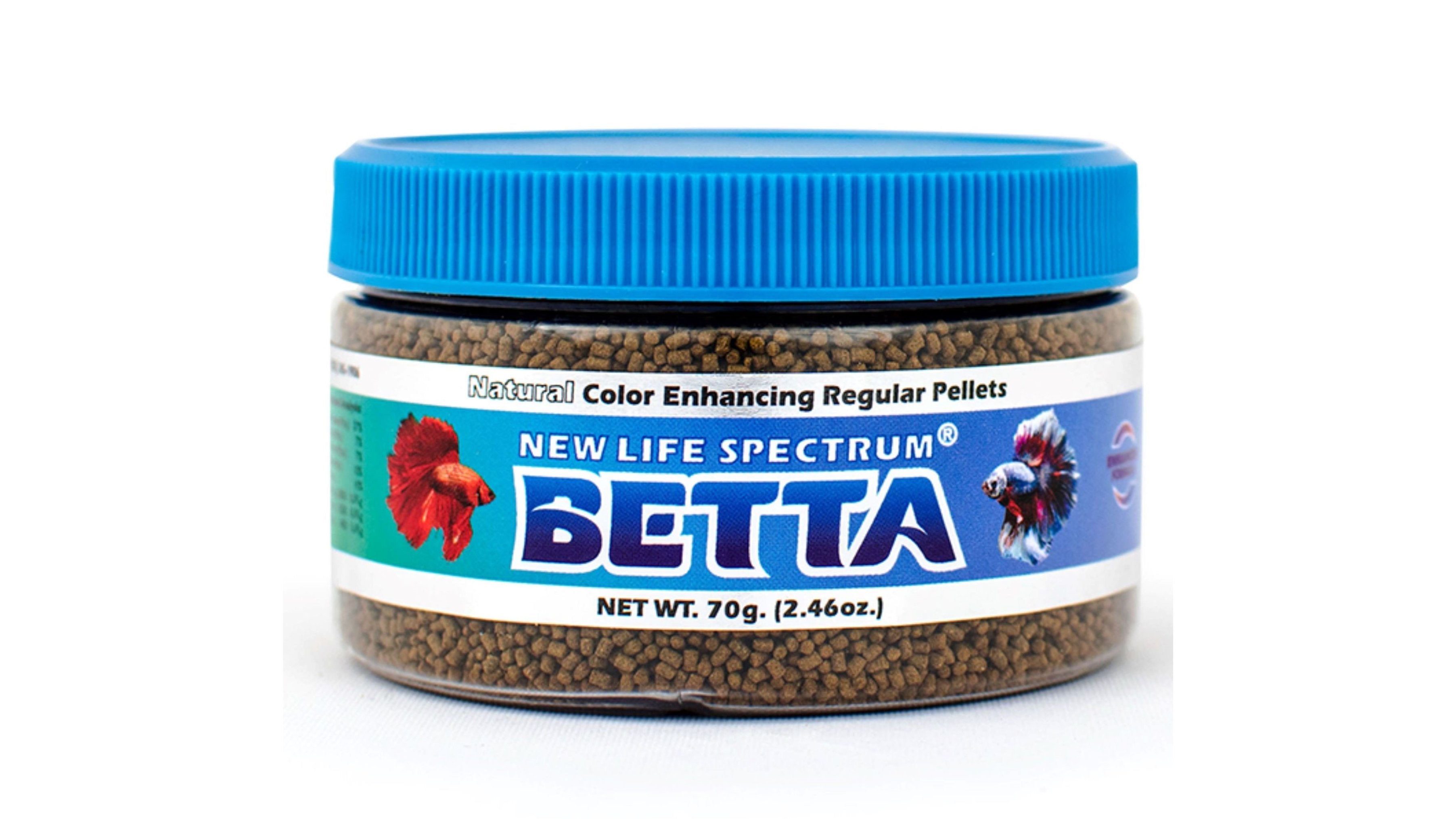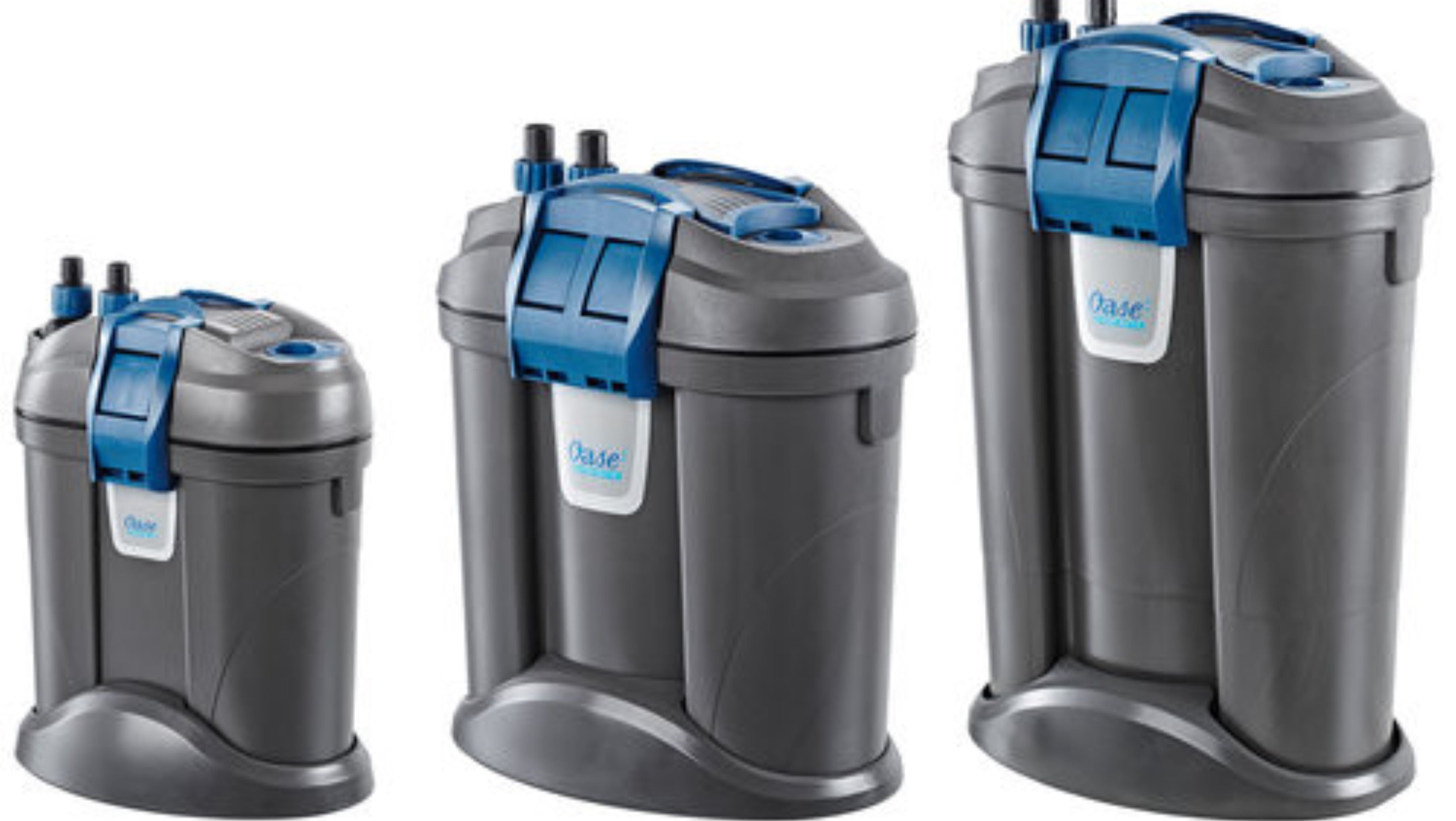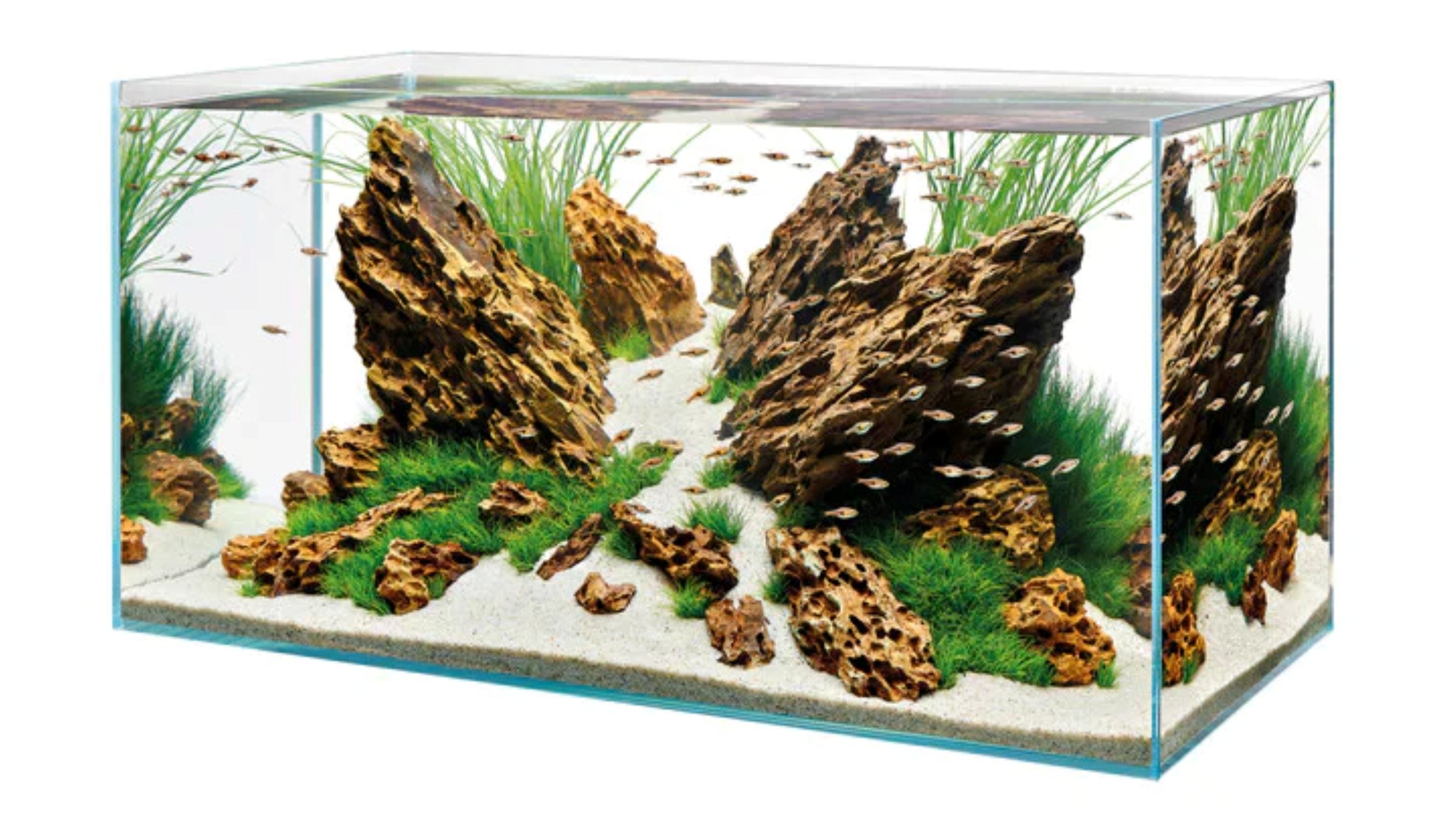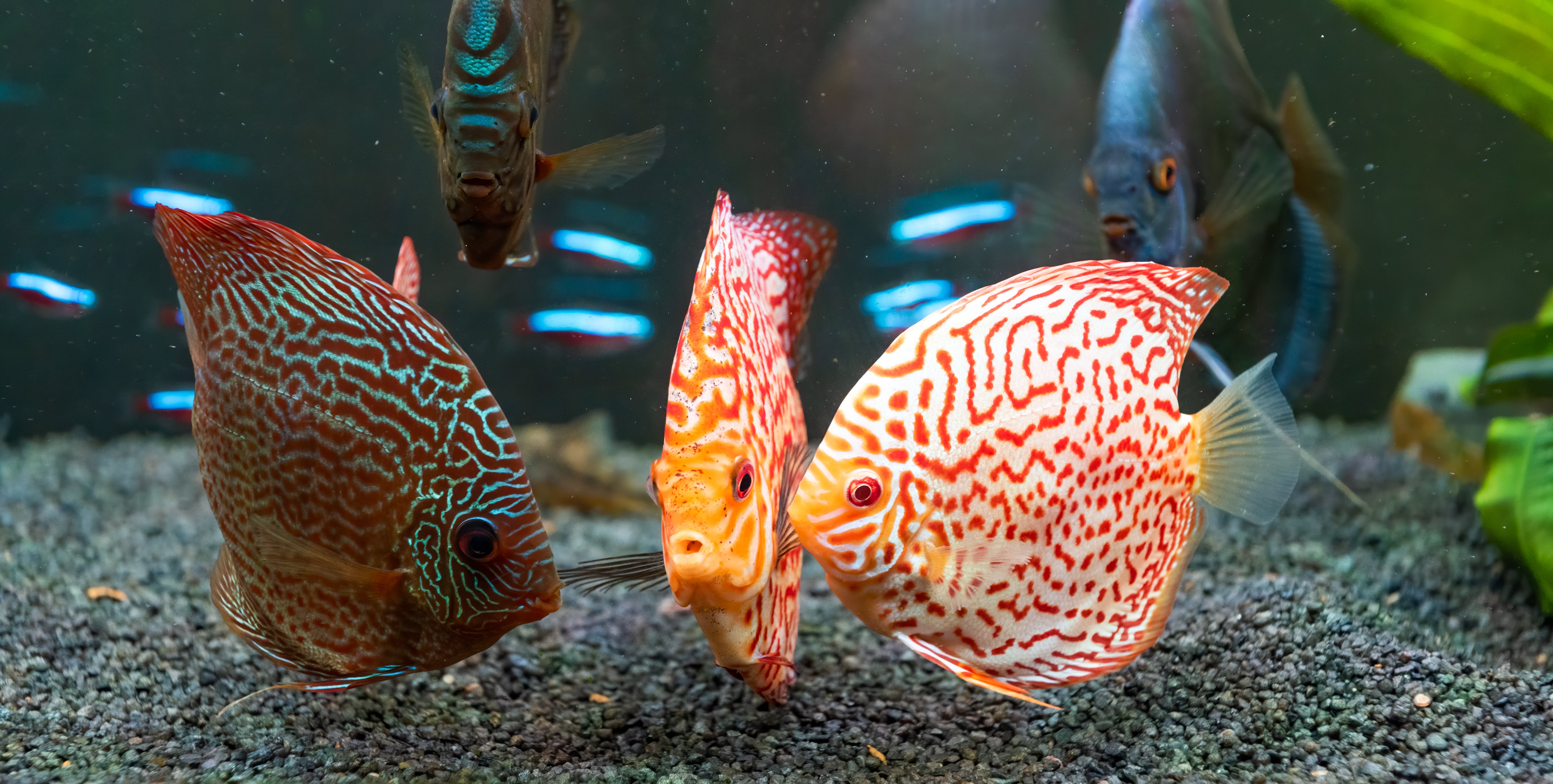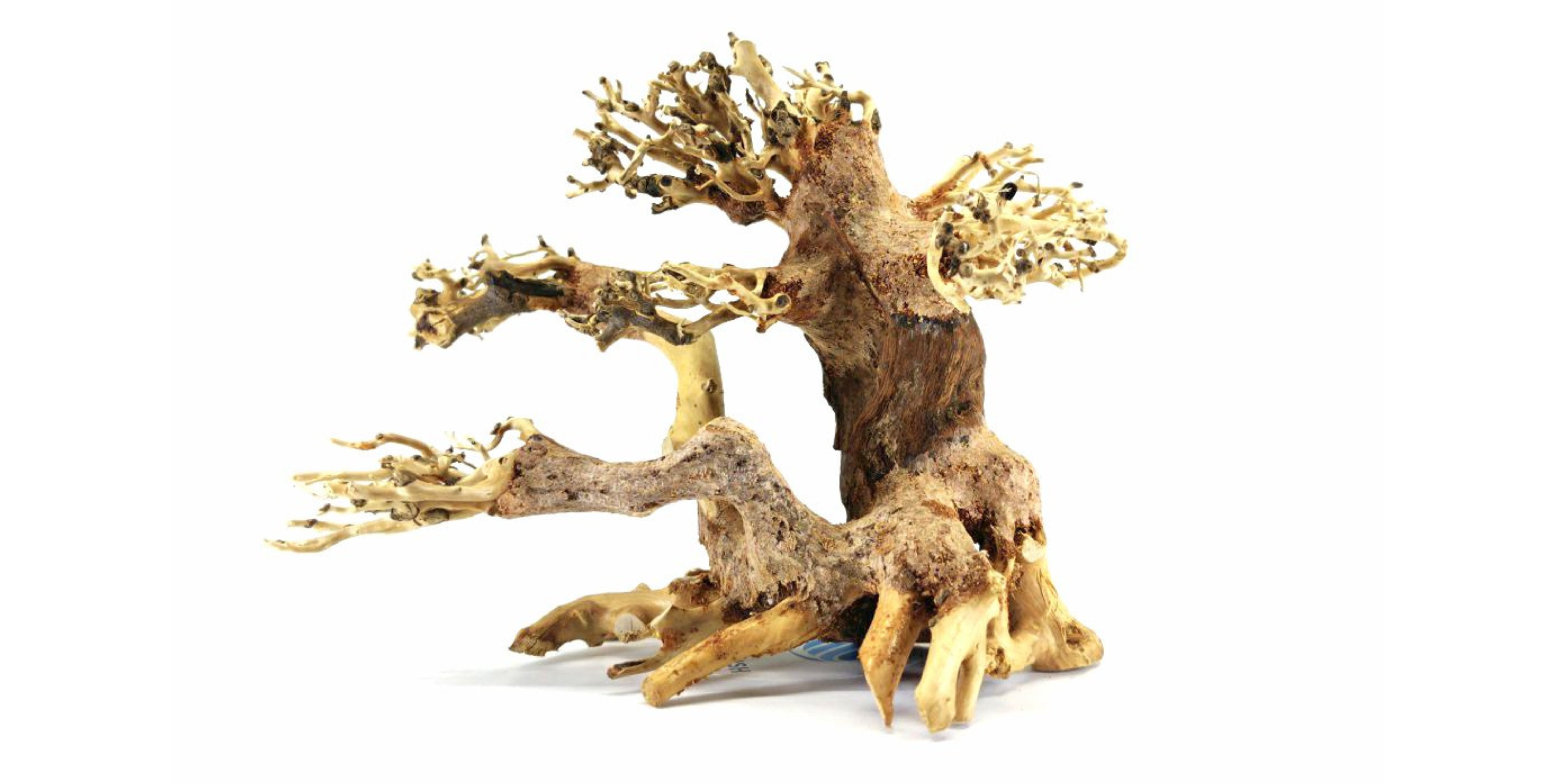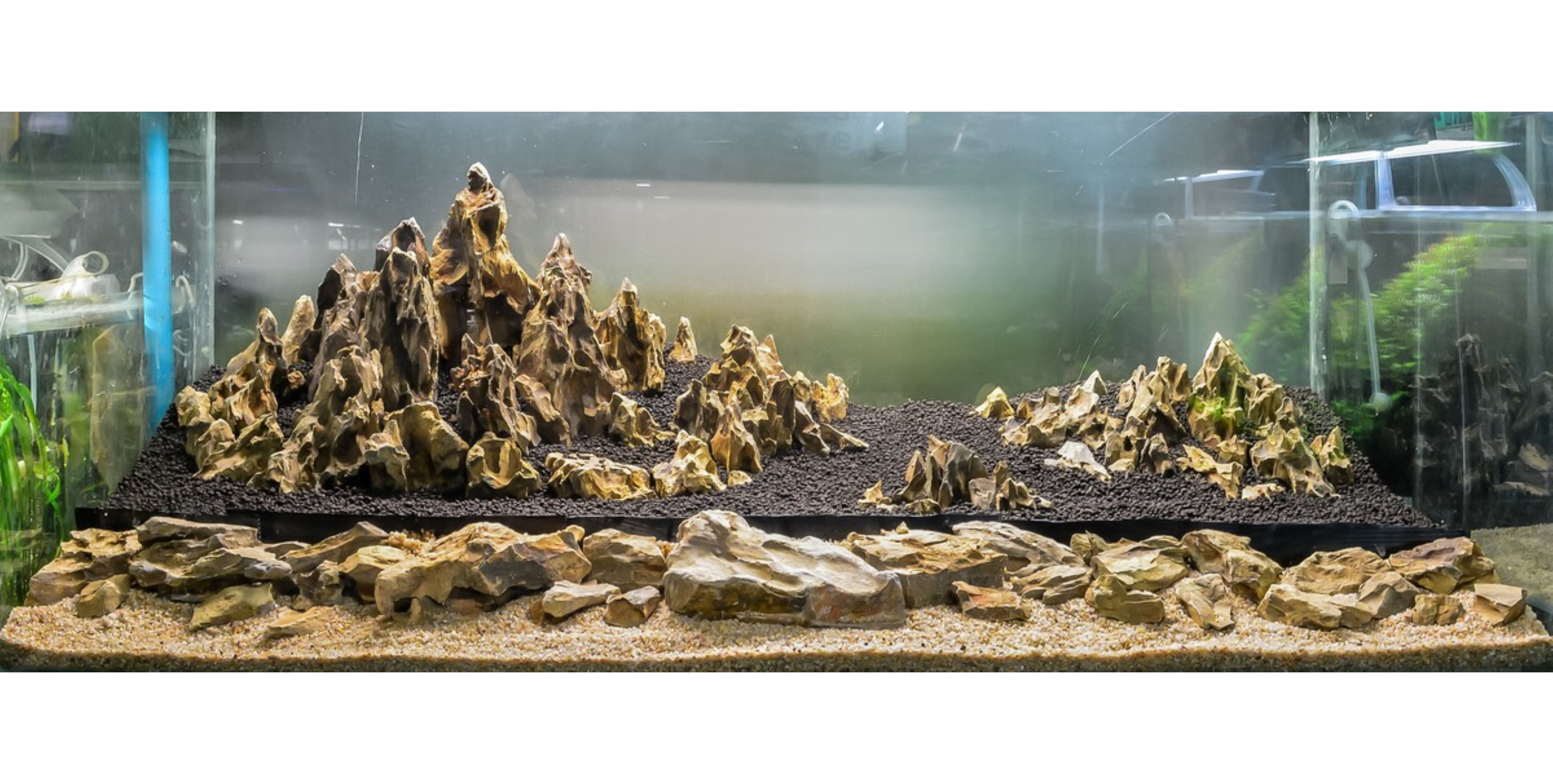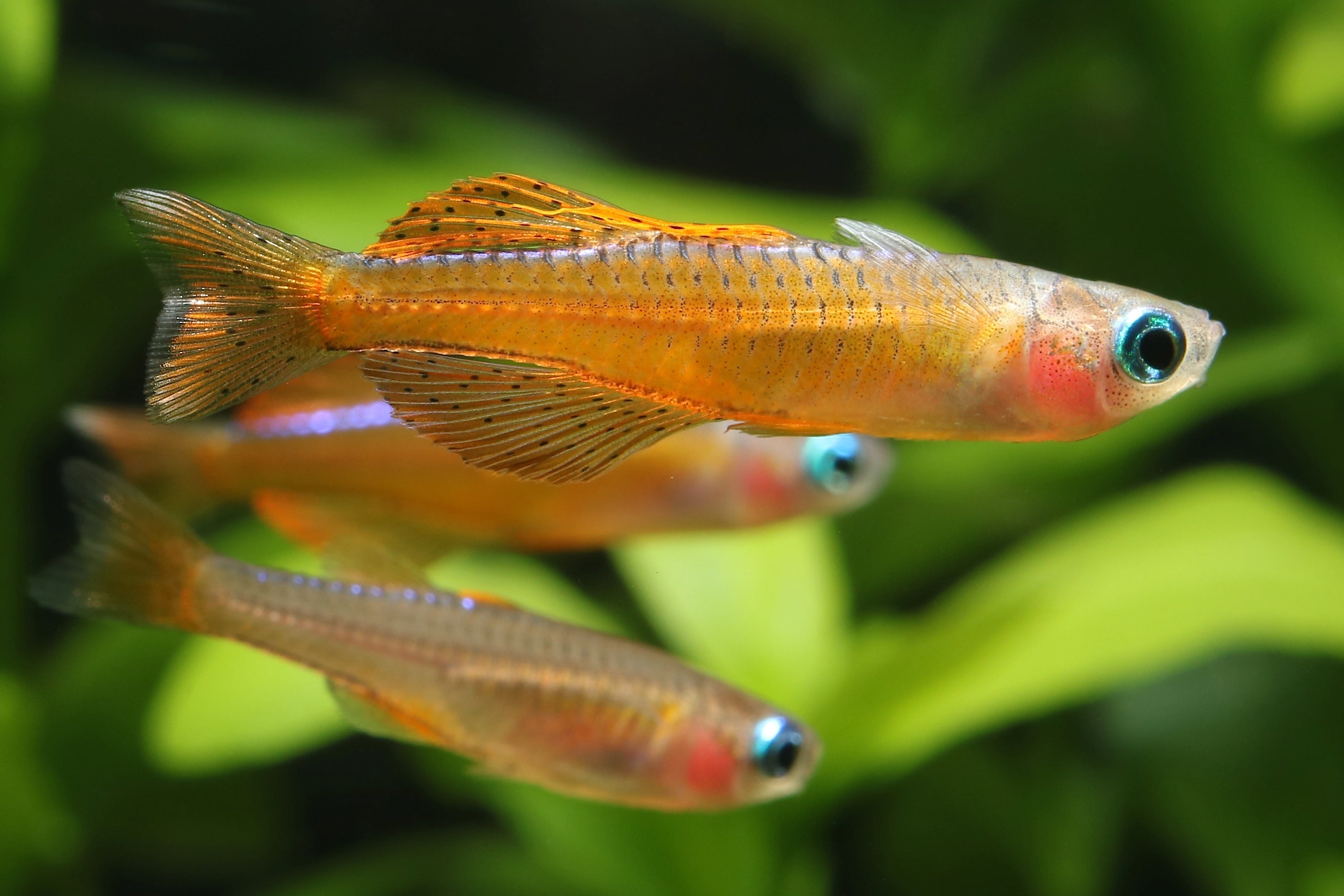Table of Contents
If you are looking for a revival for your aquarium, why don’t you consider Rainbowfish? Their name explicitly tells their own story: the breathtaking sparkling bodies reflect different colors, subject to the light effects and points of view.
Different Rainbow Fish Species
Rainbowfish does not refer to a specific fish. It is actually a popular freshwater family species named Melanotaeniidae. Under it, you may find four other subfamilies, including:
- Melanotaeniidae: the largest group of al,l with various species like Threadfin, Sepik, Red, Parkinson’s, Millennium, Lake Kutubu, Dwarf Neon, Boseman’s, Banded, Australian
- Bedotiidae: with the well-known representative Madagascar
- Pseudomugilidae: sometimes known as the blue-eyes
- Telmatherinidae: featuring Sulawesi.
All of them are mainly found in lakes, rivers, streams, and swamps in Australia, Papua New Guinea, and Southeast Asia. Nonetheless, you often find that the specimens traded in the aquarium market are largely tank-bred. The primary reason lies in the decrease of wild populations these days, caused by human activities and the introduction of invasive species.

Rainbow Fish Appearance
It is hard to describe exactly the appearance of Rainbowfish as it will be different subject on the specific fish, from the color it bears to the shape of its body. However, they normally share certain physical characteristics: no lateral line and having two dorsals adjacent to each other. Males could be distinguished from females by looking at the coloration. Although both are colorful, males tend to be more vibrant than females. Further, they are also a bit bigger in terms of size. The average size of Rainbowfish ranges from 2.4 to 4.7 inches, but for Telmatherinidae, you may be surprised by its size of nearly 8 inches. Such a dimension, together with active disposition, makes the fish rarely kept in home aquariums. Another feature that helps Rainbowfish win ‘their audiences’ is their rainbow skin. Or specifically, the glimmering effect reflects gently and softly in accordance with their body’s movements. This not only gains these fish popularity but also the title of rainbowfish as well.
Set Up An Ideal Environment for Rainbow Fish
Tank Size
Rainbowfish is one of many freshwater species that possesses both beauty and a nice personality. They are resilient, peaceful, sociable, semi-aggressive (mostly when mating season), and active. They love swimming and are fast swimmers, sometimes capable jumpers. Hence, when choosing a tank for them, there are a couple of things you should remember as follows:
- A tight lid is indispensable for Rainbowfish aquariums. They occasionally jump out of water when threatened or scared. Therefore, the lid prevents them from hopping out of the tank.
- An appropriate tank size is very important to guarantee the happiness of your fish. Since Rainbowfish may vary slightly in terms of size, you need to research all relevant information about the specimen you intend to keep beforehand. Most Rainbowfish species prefer long tanks. It allows them to have plenty of space to swim and shoal in groups. Small specimens may fit into a 10-gallon tank, whereas the larger specimens require a bigger tank to survive. For example, Boeseman or Duboulay will need at least a 20-gallon tank, while Red and Sepik Rainbowfish can comfortably be kept in a 40-gallon aquarium. For details, you can refer to the calculation below:
- For each small Rainbowfish: 2/3 gallon
- For each medium-sized Rainbowfish: 3/4 gallon
- For each large Rainbowfish: 1/2 gallon
However, like we discussed above, Rainbowfish tend to be active and love swimming. It’d be better to opt for a large aquarium as much as you can.
Rainbow Fish Water Parameters
Once the aquarium is decided, the next step is water parameters. Their wild habitats are lakes, rivers, streams, and swamps, which share the common features of slightly alkaline and hard water, with lots of plants. This somewhat indicates how their home aquarium should be.
Most captive-bred Rainbowfish can adapt to a wide range of water conditions. Despite that, there is still a standard for each specific species. The Melanotaeniidae branch would be happy to be splashed in fairly warm water of 74° - 78° F (23.3°- 25.6° C) with pH levels ranging from 7.0 to 8.0 and KH between 5° and 20° dKH. Similar parameters are applied to Telmatherinidae (Sulawesi) with a few adjustments. The fish thrives in a wider temperature range of 72° - 82° F (22°- 28° C), alkaline environments having pH levels of 7.0 to 8.0 and hardness of 10 – 20 dGH.
Bedotiidae and Pseudomugilidae are on the other hand. They are more contended with relatively acidic environments and cooler water. You will see Bedotiidae find its comfort in the temperature range of 74° - 80°F (23.3°-26.7°C), a pH of 6.5 to 7.5, and alkalinity between 3° and 14°dKH. While Pseudomugilidae prefers dipping itself into the water having warm ranges of 76°-82° F (24.4°-27.8° C), a pH level of 6.5 - 7.5, and alkalinity between 5° and 10°dKH.
Heater
Considering the above, you may need a heater if the room housing Rainbowfish tanks has temperatures lower than 74° F. Also, water changes should be performed regularly (25% every week) in order to keep the tank water clean and the fish joyful.
Live Aquarium Plants for Rainbow Fish
Rainbowfish tanks cannot lack live aquatic plants. Although the species is regarded as an omnivore, they could live in harmony with hard-leaved plants. Some potential candidates you can consider are Stargrass, Glosso, Hygro polyspherma, Duckweed, Hygrophila corymbosa compact, and Java fern. Besides, adding other decorative materials such as driftwood, rock caves, and bog wood is highly recommended because they provide hiding places for your fish as well as enhance the aquacape of your tank.
Rainbow Fish Diet/Feeding
Like keeping other fish, providing and maintaining a balanced and nutrient-sufficient diet is essential to keep your Rainbowfish healthy and robust. Rainbowfish are omnivorous; therefore, they require a good combination of ‘green’ matter and high-protein foods. This comes across many choices, including:
- Flake and pellet foods
- Micropellets
- Small frozen foods such as daphnia, cyclops, and baby brine shrimp
- Ground vegetables
- Spirulina flakes
- Mosquito larvae
Try to rotate the menu items to stimulate their appetite and ensure a variety of nutritional sources. A good rule of thumb is to feed your fish a sufficient amount so they can consume within 2-3 minutes. Be careful since Rainbowfish is a surface feeder, they won’t likely eat those foods sinking to the bottom of the tank. In this case, you can separate their meal by feeding them twice or three times a day.
In any circumstance when Rainbowfish are unable to finish their meals, clean the leftovers so they won’t affect the water quality.
Can I Keep Rainbowfish with Other Species?
The answer is yes, so long as other species are of comparable size and temperament. Most aquarists even advised that you house them with the “fast-swimmers” as Rainbowfish tends to make slower-swimming fish feel uncomfortable and anxious with their talent. Best recommendations for you include Angelfish, Barbs, Danios, Cory Catfish, Tetras, dwarf Cichlids, Gouramis, and Plecos.
It is worth noting that Rainbowfish is a shoaling species. Hence, you need to keep them in groups so they can thrive and be more active. A group of six specimens is normally recommended and generates the best results.
Avoid any stressful situations that may harm your fish, whether they come from loneliness, tight quarters, substandard water, or the endurance of inappropriate tank mates (like Bettas fish, Hatchetfish, or Killifish).
Strictly comply with the basic guideline, you will be astonished to find that your fish can stay with you for up to 5 years.
Conclusion
In conclusion, we think it is quite lot of fun when keeping Rainbowfish and believe you will agree with us once you give it a try.
At Splashy Fish Store, we supply a wide range of Rainbowfish for sale, which come from reliable sources. We further guarantee that all of our Rainbowfish will go through the quarantine process for a period of 14 days before sale. We care about the quality and strive to provide you with the best we can. Visit our store to find what surprise is waiting for you.
Rainbow Fish Frequently Asked Questions (FAQs)
How big do Rainbowfish get?
Rainbowfish typically grow between 2.5 to 4.7 inches (6 to 12 cm) in length, depending on the species. For example, Dwarf Neon Rainbowfish stay closer to the smaller end, while species like Boesemani or Lake Kutubu Rainbowfish can grow larger. Some rare types, such as Telmatherinidae Rainbowfish from Sulawesi, may reach up to 8 inches, but they are less common in home aquariums.
What is the lifespan of Rainbowfish?
With proper care, Rainbowfish can live up to 5 years or longer in a well-maintained aquarium. Their lifespan depends on several factors, including tank size, water quality, stress levels, diet, and whether they’re kept in appropriate social groups. Regular water changes and a varied diet will help ensure they live a full and healthy life.
How many Rainbowfish should I keep together?
Rainbowfish are shoaling fish and should be kept in groups of at least six of the same species. Keeping them in a group encourages natural behavior, reduces stress, and enhances their vibrant coloration. In smaller numbers, Rainbowfish may become shy, stressed, or aggressive. A spacious tank is also essential to support their active swimming habits.


